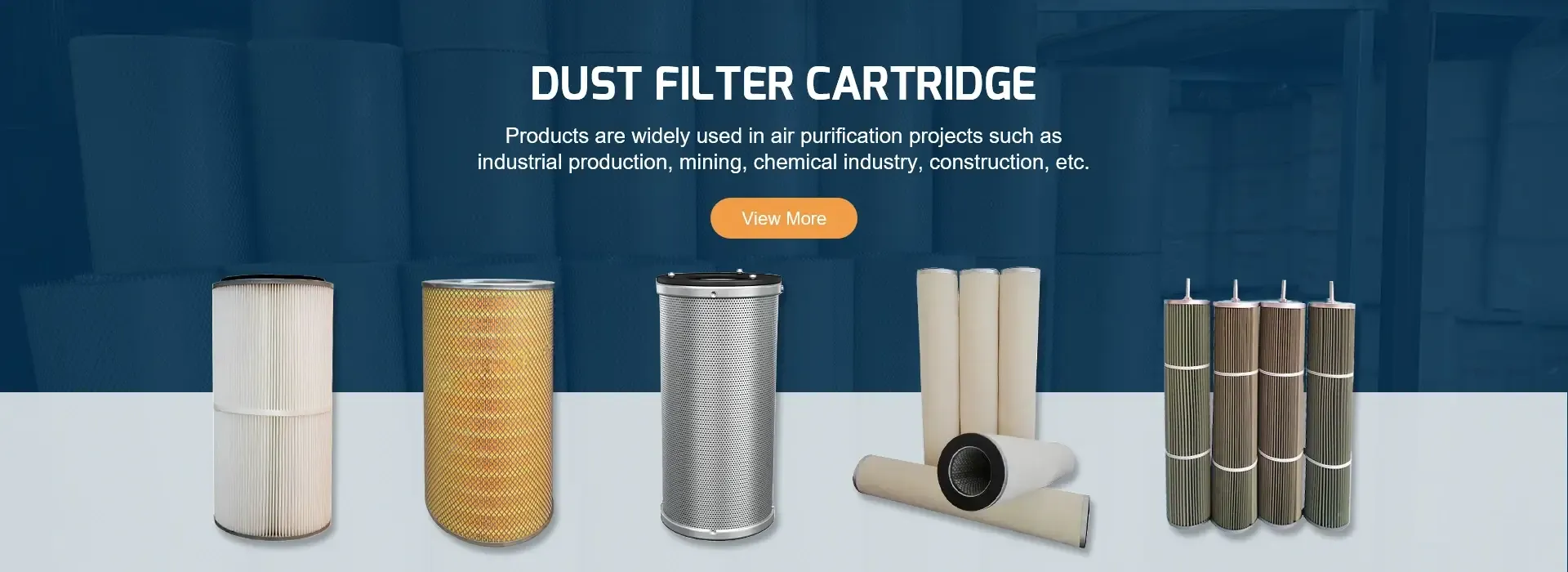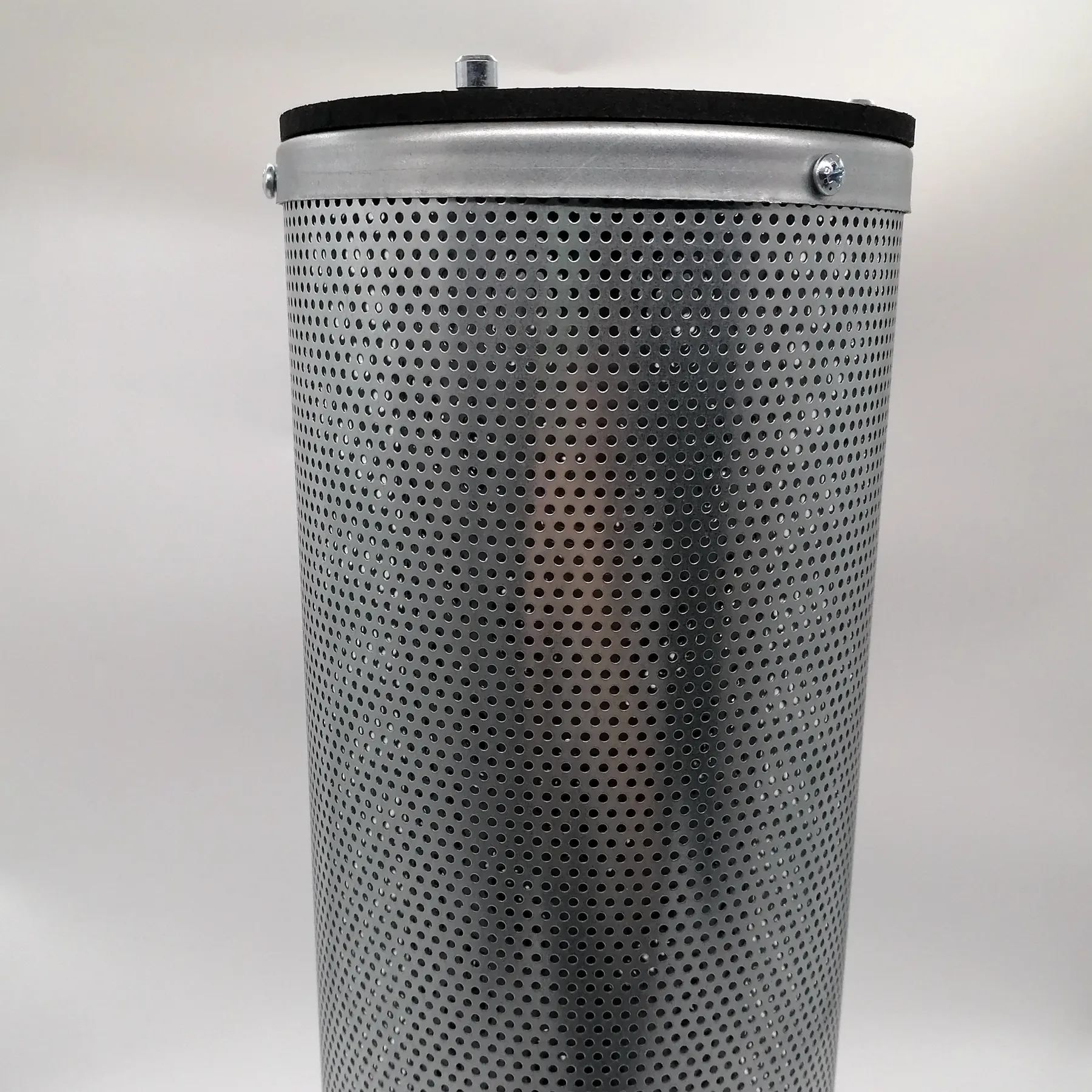 Tel:
+8618931101301
Tel:
+8618931101301
Dic . 05, 2024 15:44 Back to list
industrial dust collector cartridge filters
The Importance of Industrial Dust Collector Cartridge Filters
In the modern industrial landscape, dust collection has become an integral part of maintaining a safe and healthy work environment. Among the various systems employed for this purpose, industrial dust collector cartridge filters stand out for their efficiency and effectiveness. These filters play a crucial role in trapping particulates, improving air quality, and ensuring compliance with environmental regulations.
What are Cartridge Filters?
Cartridge filters are specialized filtration components used in dust collection systems. Unlike traditional bag filters, which can be bulky and require significant maintenance, cartridge filters are compact and designed to capture a wide range of particles effectively. They consist of a cylindrical filter element made from a variety of materials, commonly pleated to increase surface area and enhance filtration efficiency. This design allows for superior dust capture while maintaining optimal airflow rates.
How Do They Work?
The operation of cartridge filters is relatively straightforward. Air laden with dust and particulates is drawn into the dust collection system, where it passes through the cartridge filters. As the contaminated air flows through the pleated media, the particles get trapped on the surface or within the fibers of the filter. Over time, this layer of collected dust helps improve the filter's efficiency by enabling better particle adhesion.
Once a cartridge filter reaches its dust-holding capacity, it must be cleaned or replaced to maintain its performance
. Many industrial dust collectors are equipped with automated cleaning systems that use compressed air to dislodge the accumulated dust, allowing for prolonged use and efficiency.Advantages of Cartridge Filters
industrial dust collector cartridge filters

1. Space Efficiency The compact design of cartridge filters allows for less space required in the dust collection system, making them suitable for facilities with limited space.
2. Higher Filtration Efficiency Due to their pleated design, cartridge filters provide a larger surface area for dust collection, leading to enhanced filtration efficiencies compared to standard bag filters. They can effectively capture smaller particles, including those that are hazardous.
3. Ease of Maintenance Compared to traditional systems, cartridge filters are generally easier to clean and replace, reducing downtime in industrial operations. The automated cleaning features available in many systems further streamline maintenance efforts.
4. Versatility Cartridge filters can be utilized in a wide range of industries, from woodworking and metalworking to pharmaceuticals and food processing. They can be customized to address specific dust properties and compliance requirements.
5. Cost-Effectiveness Although initial costs may be higher than some alternatives, the long-term savings in maintenance, reduced filter replacement frequency, and improved productivity often make cartridge filters a wise investment.
Conclusion
As industries continue to face stricter environmental regulations and increased scrutiny regarding workplace safety, the role of efficient dust collection systems becomes ever more critical. Industrial dust collector cartridge filters provide a combination of high filtration efficiency, ease of maintenance, and versatility, making them an ideal choice for a variety of manufacturing and processing environments. By investing in advanced dust collection technology, companies can enhance air quality, protect worker health, and meet regulatory compliance, contributing to a more sustainable and successful operation overall.
In summary, cartridge filters represent a pivotal development in dust collection technology, combining innovation with efficiency. As industries evolve, implementing effective dust management solutions like cartridge filters will remain essential in maintaining safe and conducive working environments. The future of industrial practices hinges on our ability to safeguard both the people who work within them and the environment they inhabit.
-
The truth about washable filters: Does repeated use really not affect efficiency?NewsJun.25,2025
-
Effect of humidity on the performance of activated carbon filter elementsNewsJun.24,2025
-
Material selection considerations for dust removal filter elements under high temperature conditionsNewsJun.23,2025
-
Cold knowledge of air filters: Why are some designed to be pleated?NewsJun.16,2025
-
Factory direct supply! High-precision air filter element wholesale and customizationNewsJun.12,2025
-
A complete analysis of the practical value of activated carbon filtersNewsJun.10,2025

 Email:
Email:





